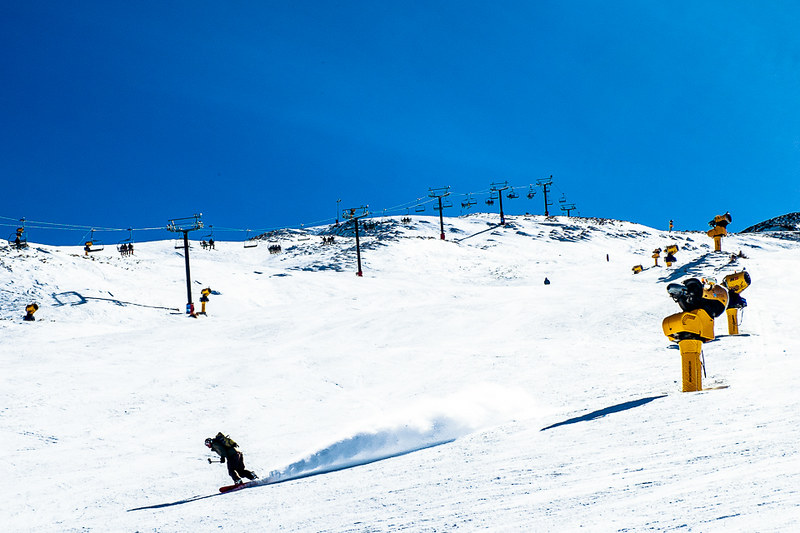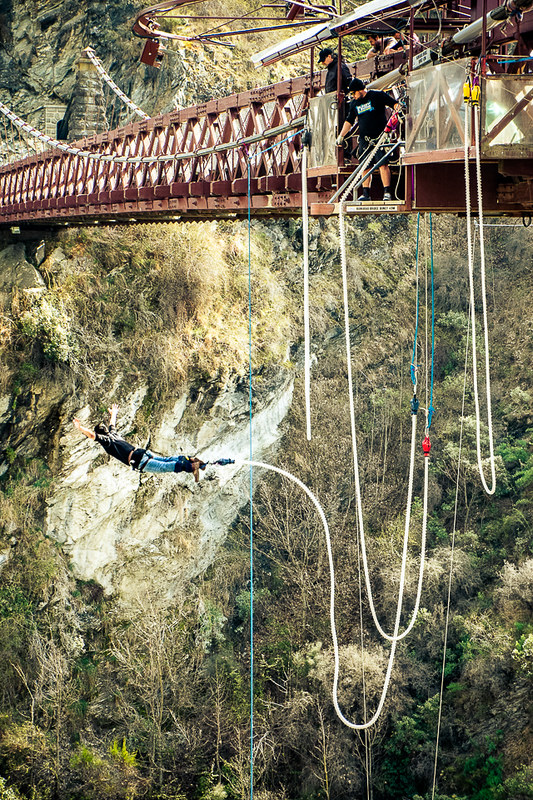If you like this post, help us share it
My first impression of the Fujifilm X-M1 has been good….really good. You can check it out here. Undoubtedly the Fujifilm X series cameras have been a very big success. The X-M1 is the third model of the X series mirrorless that features the X-Tran CMOS sensor. One of the biggest advantages of the X-Trans senor is the removal of the low pass filter. From my experience of the X-Trans sensor, I definitely see a big difference in image details and image sharpness. Just recently, Fujifilm has also announced the new X-A1 which has all the features of the X-M1, housed in the same beautiful retro look body, but uses a standard CMOS senor, not the X-Trans sensor. My opinion is that if you are on a budget then by all means get the X-A1, it handles really well. However if you have the extra cash, definitely get the X-M1 or X-E1.
The X-M1 is available to order via B&H. (Silver, Black or Tan)
The X-A1 and X-E1 are also available via B&H.

I had the X-M1 for nearly a month now, I haven’t used it on a pro assignment yet but I did take it to my trip to Mount Cook and Queenstown, New Zealand. The X-M1 is a bit smaller than the X-E1, especially equipped with the new XC 16-50mm. I didn’t have any issue with the slower XC 16-50mm f/3.5-5.6, in fact I am glad to gain the extra 2mm on the wide side in comparison to the 18-55mm f/2.8-4. The 2mm extra is very useful for travel. The build quality of the 16-50mm, though is made from plastic, it feels solid and didn’t bother me at all.
The X-M1 pretty much stayed with me most of the time and I love the handling of it. The top dial is definitely an important feature of the camera. It makes setting change much more snappy with the feel of clicks. The articulating LCD is a great feature for travel, like all LCD screens it is difficult to see on a but, I can accept that as a casual camera. I don’t really miss the EVF or OVF at all. Although the LCD is boosted to 3” 921K, it does lag quite a bit. Don’t expect it to keep up with you if you are doing any panning shots.

The Fujifilm X series cameras take great images, we all know that. There is nothing much more we can say about image quality, the X-Trans sensor is simply brilliant. What makes the X-M1 a very capable camera is its ergonomic design. It has twin dials, dedicated buttons for AF, speed mode, etc. The Q button which contains most camera settings within a click of a button is a nice touch. However, I am surprised that metering mode is not in there. The X-M1 has one customisable button on the top, which I feel is not enough. It would be better if more buttons are customisable.
The X-M1 is not without any issues thou. Some people complain about the lack of AF-ON on the X-M1, but to achieve a similar function you can customise the top FN button to instant AF and switch to MF mode. This will allow you to decouple the AF from the shutter button and you can instantly switch to MF by turning the focus ring. One major issue with that is you can’t really do any continuous AF. Despite the small amount of customization of the camera, I love how you can adjust the size of the focus box. Many mirrorless cameras still have that huge focus box which is distracting.
In terms of AF speed, it is certainly not as fast as DSLRs and may even hunt a bit if it doesn’t detect contrast subject. But, that is pretty typical for all mirrorless cameras. The AF speed is on par with other mirrorless cameras on the market, except the Olympus E-P which is known to have a fast AF.

I also found the shutter button to be really sensitive, it often decided to take the shot when I am only trying to half press. May be it will get better as time goes by. If you are a MF shooter then you will love the extra features that X-M1 has, like the MF peaking, 10x zoom and the distance scale on the screen. The scale also includes a DoF scale based on your camera setting, so you know exactly how thin is your DoF. A great feature.
We all love cameras with auto ISO, but it seems that when auto ISO mode is used the shutter speed is not displayed on the LCD. This is kind of annoying if I want to keep track of the ISO speed. Also with auto ISO turned on, what you see on the screen is not what you get, you have to half press to preview the exposure on the LCD.
Despite of these little issues, the X-M1 is brilliant. It looks great available in three colours. The handling of the camera is not without issues but it is a very capable camera for normal use. If you are intending to us it for any pro assignments, forget about it, get the X-Pro 1 instead.
For the past few weeks, I had the pleasure of using the X-M1 as a travel camera and I enjoyed every moment of it. Here are some of the images taken by the X-M1.


Even shooting directly into the sun, the flare is very well controlled. The AF speed is certainly not bad, capable of focusing of relatively fast subjects.


The dynamic range of the X-M1 is simply brilliant, you can expect it to be like any DSLR.

Need to shoot something with a fast FPS? The X-M1 is capable of doing 5FPS.

Where can I find the equipment seen on this site?
If you find this site useful and planning to purchase any of the equipment seen on this site, please show your support by purchasing your photo equipment at B&H Photo Video, or through any of the affiliate links seen on this site.

